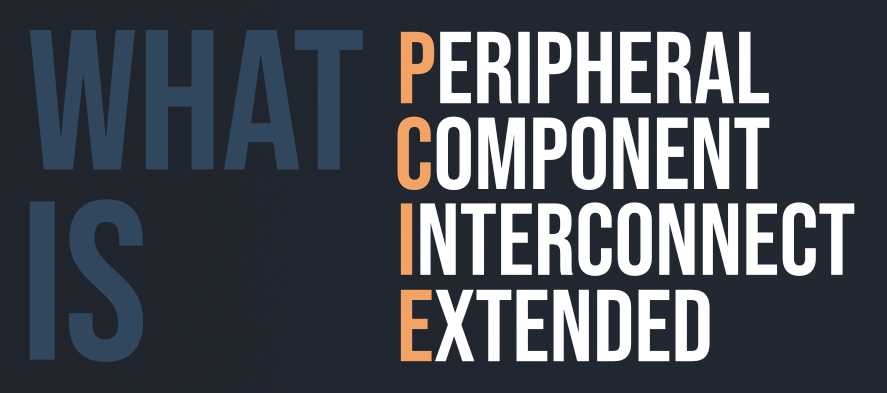What is PCIX(Peripheral Component Interconnect Extended)?
Last Updated :
06 Jul, 2022
PCIX, stands for Peripheral Component Interconnect eXtended. It is a computer bus and expansion card standard that came with a support of enhancement for the 32-bit PCI local bus for higher bandwidth demanded mostly by servers and workstations.

PCI-X is basically having a complete specification for both 32 and 64-bit PCI connectors, and PCI-X 2.0 added a 16-bit variant for embedded applications. It has been replaced in modern designs by the PCI Express with a completely different connector and a really different electrical design, having one or more narrow but fast serial connection lanes instead of a number of slower connections in parallel.
PCI-X is a complicated version of PCI conventional buses. It works like a pipe that data transfers between devices. It increases the clock speed from 66 MHz to 133 MHz, essentially providing a bigger, faster pipe for data to flow through.
History of PCI-X
Introduced in 1999 and developed by IBM, HP, and Compaq, PCI-X offered more speed than PCI and steadily increased to quite 30 times that of the first PCI bus. The peak bandwidth of the PCI-X bus is having a range from 133 to 4262 MB/second. Although a greatly enhanced Version 2.0 was introduced in 2002, it had been not widely used, and PCI-X altogether its versions were superseded by PCI Express (PCIe). For data rate comparisons of all PCI technologies. The improvement in setup time allows a rise in frequency to 133 MHz.
Characteristics of PCI-X
- Bus Type
PCI-X, just like the original PCI standard, maybe a shared bus technology, with all connected peripherals using an equivalent bus in parallel. This means that as peripherals got to communicate with the pc, they often need to activate the bus and as more devices require the bus, the peripheral’s overall performance goes down whereas PCI-E uses point-to-point technology, providing particular peripheral its own dedicated bus.
- Bandwidth
Most PCI-X buses are 64-bits and run at either 100MHz or 133MHz, allowing a maximum transmission speed of 1, 066 MB per second. Advances in PCI-X technology have allowed for theoretical accelerates to eight .5GB per second, although speeds that prime have some issues with interference.
- Speed
PCI-E technology is supportable within one and 32 lanes and runs at speeds beginning at 500 MB per second, up to a theoretical maximum of 16GB per second. Note that, since PCI-E doesn’t have the info overhead requirement for managing different connections as PCI-X does, truth rate finishes up being higher even in situations where the theoretical speeds would be the same.
- Slot Size
PCI-E and PCI-X standards differ greatly when it involves the dimensions of the slot on the computer’s motherboard. PCI-X slots are equivalent because of the original PCI slots, although with one additional extension allowing 64-bit communication. This means that these slots, and therefore the corresponding peripheral cards, take up quite a little bit of space on the motherboard. However, using these sorts of slots allow PCI-X slots to simply accept the oldest PCI cards.
Advantages of PCI-X over PCI
- Double the bandwidth of PCI
- Backward compatibility
- Much faster rates than PCI
The misunderstanding amid PCI-X and PCI express differentiation. They have very similar names, but there is no similarity between these two with respect to their functionality, shape, speed, or characteristics. However, both are used for higher speed digital communication inside a computer.
Share your thoughts in the comments
Please Login to comment...